Table of content
Braised lamb in brown sauce, known in Chinese cuisine as pá yángròu (扒羊肉), is a dish that embodies the rich culinary heritage of China. Rooted in traditions spanning centuries, this recipe combines tender lamb, aromatic spices, and a luscious brown sauce to create a meal that is both comforting and elegant. Whether served at family gatherings, banquets, or intimate dinners, this dish has earned its place as a beloved staple in Chinese households and restaurants alike.
The art of braising lamb in brown sauce originated in northern China, where harsh winters necessitated hearty, protein-rich meals. Lamb, prized for its warmth-inducing properties, became a symbol of sustenance and celebration. Over time, regional variations emerged, with chefs adapting the recipe to incorporate local ingredients and cooking techniques. Today, pá yángròu is cherished not only for its flavor but also for its cultural significance—a testament to the enduring bond between food and identity in Chinese society.
This article will guide you through the intricate process of preparing braised lamb in brown sauce, from selecting the finest cuts of meat to mastering the balance of sweet, salty, and umami flavors. With patience and attention to detail, even novice cooks can recreate this restaurant-quality dish at home.
Ingredients: Building Flavor Layer by Layer
The success of pá yángròu hinges on the quality of its ingredients and the harmony of its seasonings. Below is a comprehensive list of components, each chosen to elevate the dish’s depth and complexity:
For the Lamb Marinade
- 5 kg (3.3 lbs) lamb shoulder or shank: Opt for meat with visible marbling and connective tissue, which will melt during cooking, yielding tender results.
- 3 tbsp dark soy sauce: Provides color and richness.
- 2 tbsp light soy sauce: Balances saltiness and umami.
- 1 tbsp Shaoxing wine: Adds a subtle fermented sweetness (substitute with dry sherry if unavailable).
- 1 tbsp ginger, minced: Fresh ginger imparts a zesty, aromatic base.
- 3 garlic cloves, crushed: Enhances the savory profile.
- 1 tsp five-spice powder: A blend of star anise, cinnamon, fennel, cloves, and Sichuan peppercorns.
For the Braising Liquid
- 2 tbsp vegetable oil: Use a neutral oil like canola or peanut.
- 8 cups chicken or beef stock: Homemade stock is ideal, but store-bought low-sodium broth works.
- 1 cup rock sugar or brown sugar: Caramelizes to create a glossy sauce.
- 4 tbsp hoisin sauce: A fermented soybean paste with sweet and tangy notes.
- 2 tbsp oyster sauce: Contributes briny depth.
- 3 star anise pods: Infuses a warm, licorice-like aroma.
- 2 cinnamon sticks: Adds木质香 (woodsy fragrance).
- 1 tbsp Sichuan peppercorns: Optional, for a mild tingling sensation.
- 4 scallions, cut into 3-inch segments: Release mild onion flavor during cooking.
- 1 small daikon radish, peeled and sliced: Absorbs excess fat and imparts sweetness.
For Garnish and Accompaniments
- 2 tbsp sesame oil: Drizzled before serving for nutty richness.
- 1 tbsp toasted sesame seeds: Adds crunch and visual appeal.
- ¼ cup fresh cilantro leaves: For a burst of freshness.
- Steamed jasmine rice or Chinese flatbread (roujiamo): To soak up the sauce.
Step-by-Step Guide: The Alchemy of Braising
Marinating the Lamb (4–6 Hours)
The marinade is the foundation of flavor. In a large bowl, combine the dark soy sauce, light soy sauce, Shaoxing wine, minced ginger, crushed garlic, and five-spice powder. Add the lamb, ensuring it is fully coated. Cover and refrigerate for at least 4 hours, or overnight for maximum penetration.
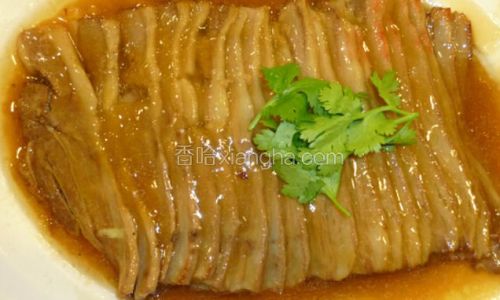
Pro Tip: Poke the lamb with a fork before marinating to allow the seasonings to seep deeper into the meat.
Searing the Lamb (15 Minutes)
Heat the vegetable oil in a heavy-bottomed Dutch oven or clay pot over medium-high heat. Remove the lamb from the marinade (reserve the liquid) and sear on all sides until golden-brown. This step caramelizes the surface, locking in juices and creating a Maillard reaction for enhanced flavor.
Avoid This Mistake: Overcrowding the pot will steam the meat instead of searing it. Work in batches if necessary.
Building the Braising Liquid (30 Minutes)
In the same pot, add the rock sugar and stir until melted and caramelized (be careful not to burn it). Pour in the reserved marinade, stock, hoisin sauce, oyster sauce, star anise, cinnamon sticks, Sichuan peppercorns, and scallions. Bring to a simmer, stirring to dissolve the caramelized sugar.
Flavor Secret: The combination of dark soy sauce and rock sugar creates a lustrous, sticky sauce reminiscent of traditional Chinese glazes.
Slow Braising (2.5–3 Hours)
Return the seared lamb to the pot, ensuring it is submerged in the liquid. Add the daikon radish slices (they will soften and flavor the sauce). Cover the pot, reduce heat to low, and simmer gently. Check every 30 minutes, turning the lamb to ensure even cooking.
Key Technique: Low and slow cooking breaks down collagen in the lamb, resulting in melt-in-the-mouth texture.
Thickening the Sauce (15 Minutes)
Once the lamb is fork-tender, remove it from the pot and tent with foil to rest. Strain the braising liquid into a saucepan, discarding the solids. Simmer over medium heat until reduced by half, or until it coats the back of a spoon.
Optional: For a thicker consistency, whisk in a cornstarch slurry (1 tbsp cornstarch + 2 tbsp water).
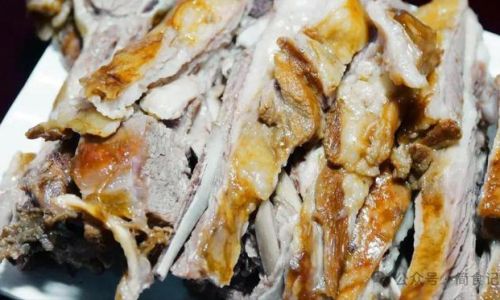
Final Assembly (5 Minutes)
Slice the lamb against the grain into thick pieces. Arrange on a platter, pour the reduced sauce over the top, and garnish with sesame oil, sesame seeds, and cilantro. Serve immediately with steamed rice or flatbread.
Expert Tips for Perfecting Pá Yángròu
- Meat Selection: Lamb shoulder offers the best balance of fat and muscle, but shank or leg can be used. Avoid lean cuts like loin, which may dry out during braising.
- Spice Ratios: Adjust the star anise and cinnamon to taste. Some cooks prefer a more pronounced anise flavor, while others favor subtlety.
- Daikon Radish: This vegetable is not merely a garnish—it absorbs excess fat and imparts a mild sweetness, balancing the richness of the sauce.
- Make-Ahead Convenience: The dish improves in flavor when refrigerated overnight. Reheat gently on the stove before serving.
- Vegetarian Adaptation: Substitute lamb with seitan or oyster mushrooms, and use vegetable stock for a plant-based twist.
Cultural Significance and Regional Variations
Pá yángròu holds a special place in Chinese feasts, symbolizing prosperity and togetherness. In Shandong Province, where the dish is said to have originated, cooks often add dried tangerine peel or fermented bean paste for a tangy edge. In contrast, Xinjiang-style braised lamb incorporates cumin and chili flakes, reflecting the region’s Silk Road influences.
Modern interpretations may include experimental ingredients like coffee or chocolate to deepen the sauce’s complexity. However, purists argue that tradition should be respected, as the dish’s soul lies in its simplicity and time-tested techniques.
Nutritional Profile and Health Benefits
A 100g serving of braised lamb provides approximately 294 calories, with 25g of protein and 19g of fat. Lamb is rich in iron, zinc, and vitamin B12, making it a nutritious choice for combating anemia and supporting immune function. The daikon radish adds fiber and vitamin C, while the spices offer antioxidants.
However, the dish’s sodium content can be high due to soy sauce and stock. To reduce salt intake, use low-sodium alternatives and adjust seasoning to taste.
Conclusion: A Culinary Journey Through Time
Braised lamb in brown sauce is more than a meal—it is a narrative etched in flavor, a bridge between past and present. By mastering this recipe, you honor the generations of cooks who perfected it, while adding your own chapter to its storied history. Whether enjoyed during a festive occasion or a quiet evening, pá yángròu invites diners to savor the art of patience, the magic of spices, and the joy of sharing food with loved ones.
So, gather your ingredients, ignite your stove, and embark on a culinary adventure that transcends borders and time. The reward—a plate of tender lamb bathed in glossy, fragrant sauce—awaits.
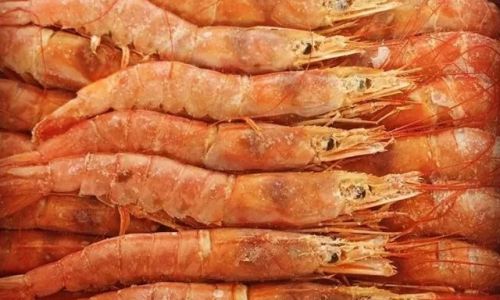
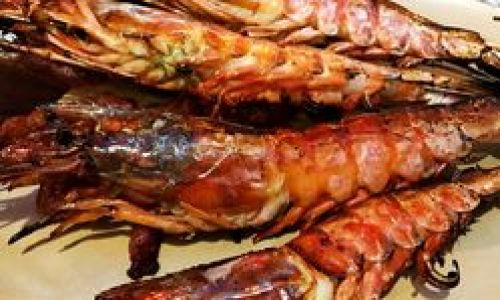
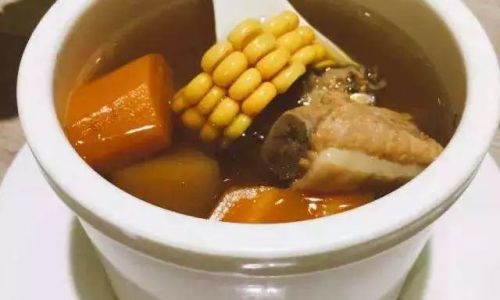
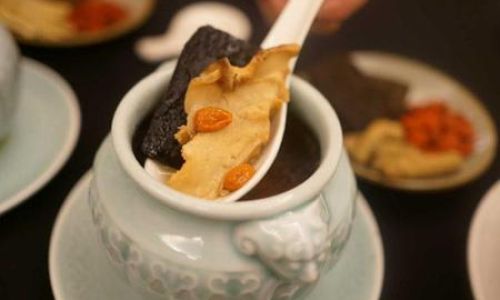
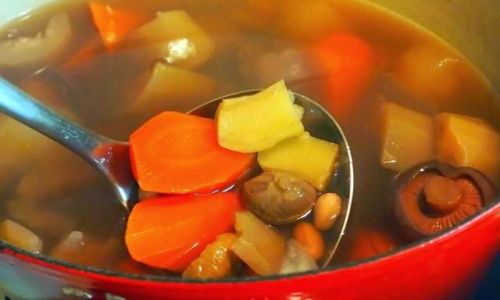
0 comments